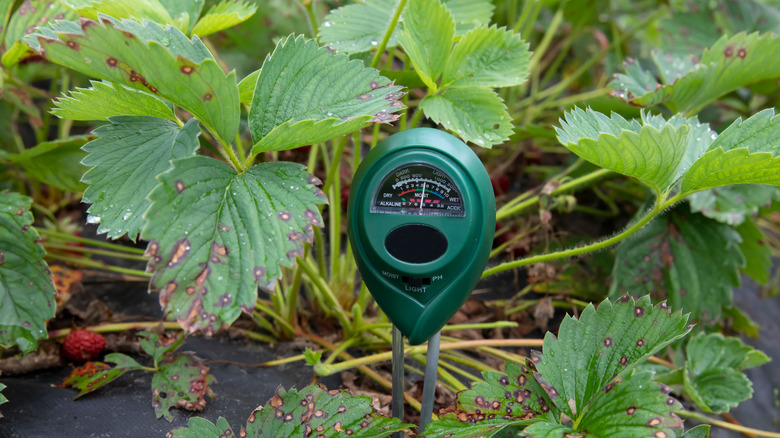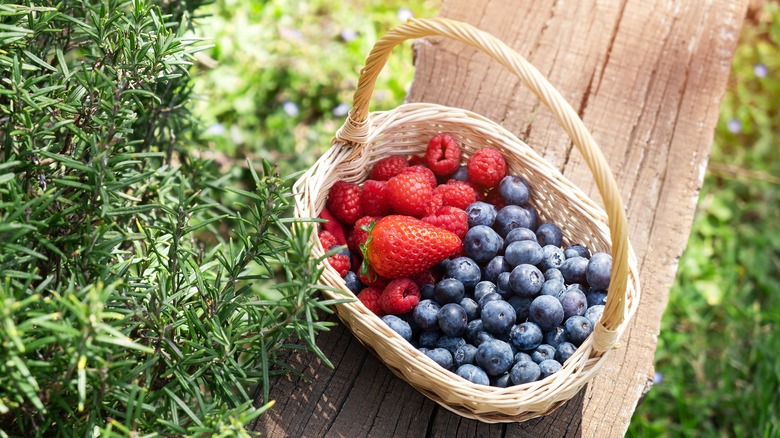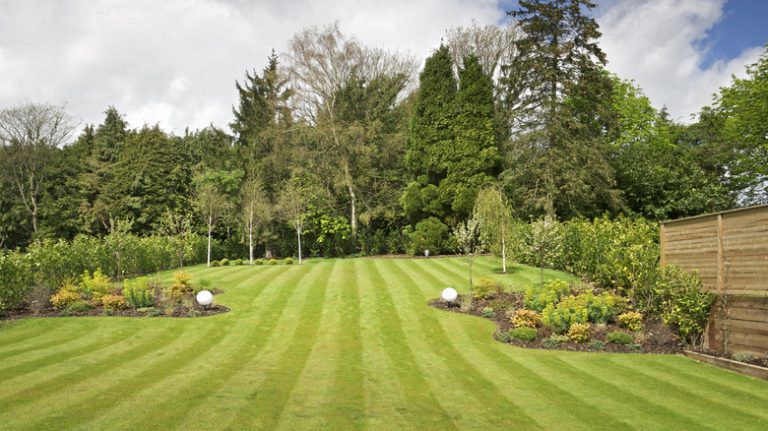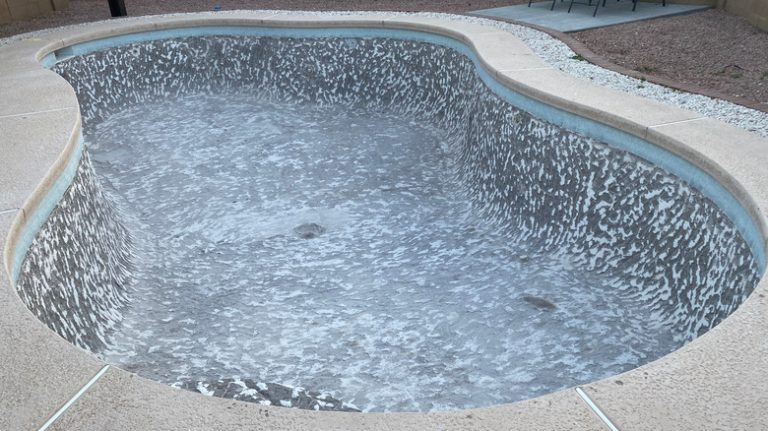Growing blueberries and strawberries together in your garden or along the edge of your lawn turns out to be a great idea and not only because these are great companion plants. There are other practical reasons, like a pitcher of blueberry-strawberry lemonade, and less tangible ones, like the satisfaction you get from having successfully grown the sweet fruits yourself. But none of it would matter if the two berries didn’t get along so well. Fortunately, they have similar growing requirements that complement each other well, so they’re not only tasty partners but also great growing companions.
Some plants engage in a kind of chemical warfare with competing plants. Have you ever tried growing tomatoes near a black walnut tree? But others produce chemicals that benefit themselves and certain other plants growing nearby. This business of companion planting can get complicated, but in the case of blueberries and strawberries, no such chemical miracles are going on. Instead, it’s a simple matter of fitting together nicely.
Why blueberries and strawberries get along

Blueberry and strawberry plants appreciate full sun and consistently moist, but not wet, soil. Because of this, they benefit from a judicious amount of mulching, especially at first. They prefer acidic soil -– blueberries even more so –- and intersect at a pH of around 5.4-5.5. They also both appreciate rich, fertile soil, with strawberries preferring a sandier option, but reasonably well-drained soil will suffice for the pair. And there’s a lot of overlap in their ideal climates. The two are perennials in most of the U.S. – blueberries survive in USDA hardiness zones 3 to 8, and 5 to 8 for strawberries, with a sweet spot that makes both strawberries and blueberries among the best plants to grow in zone 7.
It’s their growth habits that take this pairing firmly into “great companions” territory. Because the blueberry is a shrub and the strawberry is, essentially, a ground cover, these can nestle right up to each other. If this planting method somehow bears more strawberries than you can handle, you can also intersperse other low-growing plants like rhubarb, thyme, and some varieties of basil. Using companion plants such as these means you’ll have more satisfying harvests from that area of your garden during those first couple of years when blueberries don’t produce very well.
How to grow these companions

When growing these neighbors, the orientation to the sun is the key to making this marriage work. Both berries are perfect for your yard as ornamental shrubs and accompanying ground cover. So long as you plant your blueberries and strawberries where they can enjoy the afternoon sun, you’re well on your way to making it work. This generally means planting the shorter plant south of the taller one. As a practical matter, it’ll be important to leave plenty of room around the pair and lots of room between rows if you have them. They’ll need room to grow; the strawberries will need access to sunlight no matter how tall the next row of blueberries grows; and you’ll also need to access the harvest from every angle.
A handful of other considerations are important as well. These are perennials that appreciate rich soil, so you’ll want to do as much as you can to prepare the soil in advance. While the strawberries’ presence will eventually reduce the need for it, mulch them well while the plans are getting established. This will keep weeds from outcompeting your fruit plants for nutrients and resources. And since you don’t want to be competing for nutrients, you might need to use netting to keep birds from raiding your fruit. Finally, managing pH might be the trickiest part of keeping both plants happy. Keep a fairly tight control on the soil’s acidity to keep them in the 5.4-5.5 range.



